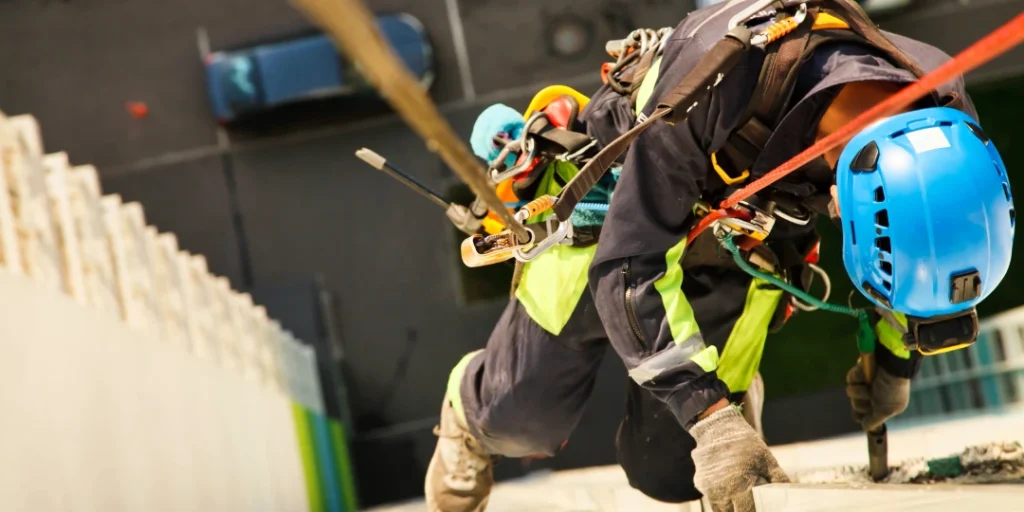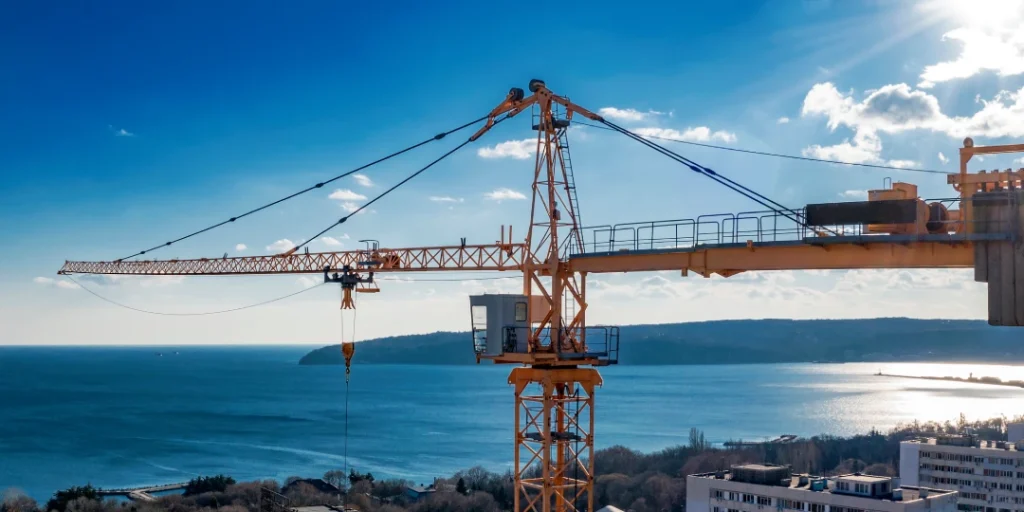Introduction: The Importance of Fall Protection in Nashville’s Work Environments
Nashville’s skyline is rapidly evolving, shaped by a surge in commercial, residential, and infrastructural development. Tower cranes loom over new builds, and scaffoldings wrap older structures undergoing retrofits. This accelerated pace of growth, while exciting, introduces a complex layer of risk to workers who navigate elevated workspaces daily. In these dynamic environments, fall protection becomes not only a necessity but a non-negotiable element of site safety planning.
The construction industry continues to rank among the most hazardous in the United States, with falls accounting for more fatalities than any other incident type. Despite technological advancements and regulatory frameworks, workers are still dying from preventable falls. In a city like Nashville—where multiple projects may be underway in tight proximity—the risk of injury or death due to a lack of proper fall protection increases dramatically. This is especially true for subcontractors or smaller crews who may lack access to adequate safety resources or training.
Implementing effective fall protection strategies signals more than OSHA compliance; it reflects a company’s values. When leadership prioritizes safety, it creates a ripple effect across the workforce. Crews are more confident, turnover is reduced, and productivity improves. Ultimately, a strong commitment to fall protection ensures that the rapid development of Nashville’s infrastructure does not come at the cost of worker well-being. Every life suspended at height deserves the strongest safeguards available.
Understanding the Landscape: Why Nashville Job Sites Pose Unique Risks
The nature of construction in Nashville presents a unique combination of challenges. The city’s older buildings often lack the anchorage points required for modern fall protection systems, making retrofitting both a safety necessity and a logistical puzzle. Renovation projects in historic districts must also navigate preservation guidelines that can limit structural modifications, creating further complications in securing safe access to elevated work areas. These conditions require creative, site-specific solutions for protecting workers at height.
Urban development zones in Nashville are frequently dense, with multiple trades operating within confined footprints. As workspaces shrink and deadlines tighten, risks escalate. Material handling, scaffolding, and roofing work often occur in overlapping phases, increasing the likelihood of human error or miscommunication. In these environments, fall protection systems must be designed to account not just for the primary work team, but for everyone sharing the space—from electricians and HVAC crews to crane operators and inspectors.
Adding to these structural and spatial concerns is the climate. Nashville’s humid subtropical weather brings high winds, frequent rain, and sudden temperature shifts—all of which can undermine the reliability of surfaces and equipment. Wet or icy scaffolds, slippery roofs, and unstable ladders dramatically increase the risk of falls. Robust fall protection strategies must factor in these environmental variables and be built with flexibility in mind. Protective measures need to withstand not only the height but the unpredictability of the elements as well.
Regulatory Backbone: OSHA Standards That Govern Fall Protection
Federal regulations serve as the bedrock for safety across the construction industry, and when it comes to fall protection, the Occupational Safety and Health Administration (OSHA) sets clear expectations. Under OSHA Standard 1926.501, employers are required to provide fall protection whenever employees are working at heights of six feet or more. This includes leading edges, roofs, holes, and other elevated surfaces. In Nashville, where job sites vary dramatically in elevation and complexity, consistent adherence to these standards is not optional—it’s critical to preventing life-altering injuries or fatalities.
These regulations extend beyond simply having a harness on site. OSHA Standard 1926.502 details the criteria for safe systems, such as guardrails, personal fall arrest systems, and safety netting. Each method must meet specific engineering and performance requirements to be considered compliant. For example, a harness isn’t sufficient unless it is part of a complete system that includes an anchorage point and a connector rated for the specific type of work. Nashville contractors who neglect these details not only put workers at risk but also expose themselves to significant financial and legal consequences.
That said, fall protection compliance should not be viewed as a burden. Instead, it should be seen as a strategic investment. Inspections and penalties from OSHA are costly, but the greater cost lies in the loss of a worker’s life or livelihood. When construction companies in Nashville build safety into their workflow from the start—by understanding and implementing these standards effectively—they foster safer environments and stronger reputations. Clients notice when crews operate with care and professionalism, and so do workers who value being treated as more than just labor.
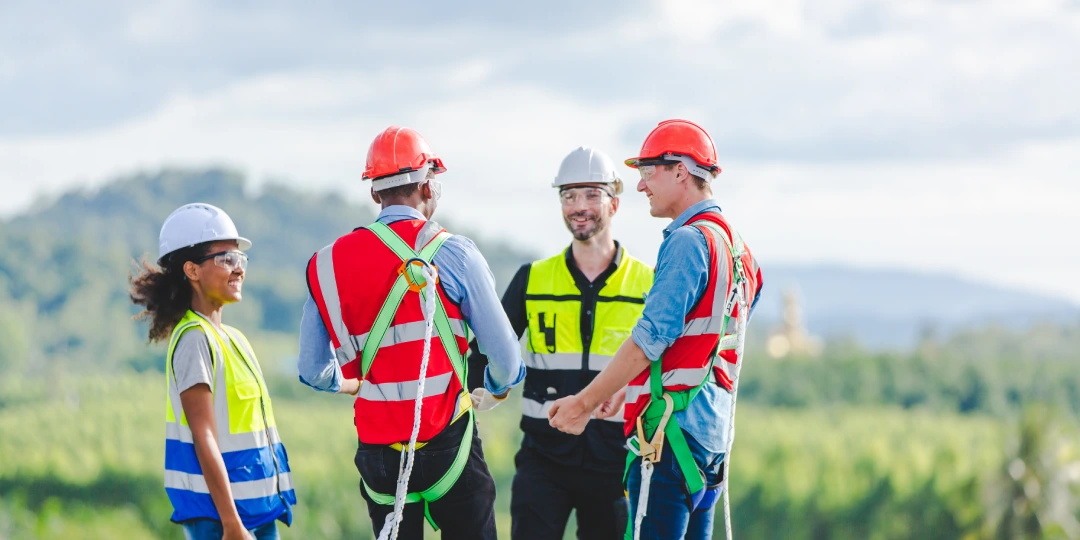
Tip 1: Conduct a Thorough Site-Specific Risk Assessment
The foundation of any effective fall protection strategy begins with a detailed, site-specific risk assessment. No two job sites in Nashville are the same—what works for a new commercial high-rise may not apply to a renovation in Germantown or an infill development in East Nashville. Before the first beam is lifted or the first nail is driven, safety managers must walk the site, identify all elevated work areas, and document potential fall hazards. This evaluation should include open edges, roof access points, floor openings, ladder placements, and even access paths for materials and tools.
Beyond the physical hazards, the assessment must consider task-specific movements. What actions will the crew perform at height? Are workers stationary or moving frequently? Will they need to bend, reach, or carry materials while elevated? These variables influence the type of fall protection required—whether that’s a static lifeline, mobile anchorage, or passive guardrail system. Without this level of analysis, safety measures often fall short, leaving workers exposed to risks that could have been anticipated and mitigated.
Moreover, risk assessments should not be treated as one-time events. As construction progresses, conditions shift—scaffold heights change, new trades enter the site, and weather may alter surface stability. Revisiting and updating the assessment throughout the life of the project ensures that fall protection measures evolve alongside the work itself. This dynamic approach reflects a mature safety culture and helps crews respond quickly to new challenges before they result in incidents.
Tip 2: Choose the Right Fall Protection Equipment for the Job
Equipping workers with the correct gear is central to any fall protection plan—but choosing the right equipment requires more than grabbing a harness off the shelf. The nature of the job, the work environment, and the crew’s specific tasks all dictate which type of equipment will provide adequate protection. A roofer on a flat warehouse might need a warning line system, while an ironworker on a steel frame would benefit more from a full-body harness with a self-retracting lifeline. The mismatch between equipment and task is one of the most common causes of fall-related injuries.
In Nashville’s construction scene, which includes everything from suburban development to downtown high-rises, versatility in fall protection gear is essential. Employers must consider whether anchorage points are fixed or temporary, what kind of vertical or horizontal movement is required, and whether the job involves overhead work. Equipment like lanyards, connectors, and lifelines come with various ratings and features, and choosing poorly—even something as simple as using the wrong hook for a certain beam—can result in system failure when it matters most.
Equipment should also account for worker comfort and usability. Ill-fitting harnesses, cumbersome tie-offs, or restrictive movement often lead workers to bypass safety protocols, even unintentionally. Providing properly fitted, high-quality gear and training workers on how to use it empowers them to stay compliant without compromising productivity. The goal of fall protection isn’t just to meet a checklist—it’s to ensure every individual on site has the means and knowledge to return home safely at the end of the day.
Tip 3: Prioritize Training and Competency for All Crew Members
Proper equipment is only as effective as the people using it. That’s why fall protection hinges on more than just gear—it depends heavily on training and worker competence. In Nashville’s busy construction environment, job sites often include a mix of seasoned tradespeople and newer hires. Without consistent and thorough education on fall hazards, even experienced workers can develop unsafe habits or overlook critical procedures. Training needs to be practical, job-specific, and regularly reinforced.
Effective training covers more than how to wear a harness or clip into an anchor. It must address how to inspect equipment, understand system limitations, and respond to emergencies. Workers should be able to recognize fall risks in their immediate environment and make real-time safety decisions. For this reason, OSHA requires the designation of a “competent person”—someone with the authority and experience to identify hazards and correct them. This individual plays a central role in not only ensuring technical compliance but also building a culture where safety is second nature.
Beyond initial instruction, ongoing competency checks are essential. As projects evolve and new tasks emerge, training should follow suit. Crews should participate in toolbox talks, mock drills, and scenario-based workshops that keep fall safety front of mind. In a city like Nashville, where crews often rotate between diverse job sites, this continuity of education ensures that fall protection remains a consistent standard rather than a variable practice. Training is not a one-and-done—it’s a continuous investment in the lives and skills of every worker.
Tip 4: Maintain and Inspect Equipment Regularly
The reliability of any fall protection system is directly tied to its condition. Over time, even the best equipment wears down. Harnesses fray under friction, connectors rust in humidity, and lanyards degrade with UV exposure. Unfortunately, many job sites treat this gear as durable and self-sustaining, when in fact it requires constant care. Regular inspection is not just a formality—it’s a frontline defense against catastrophic failure.
Daily pre-use inspections are essential and should be done by each worker before their gear is put on. They should look for visible signs of wear: stitching coming loose, buckles deforming, metal corrosion, and any foreign substances that could compromise material integrity. These checks should be methodical and not rushed. A damaged harness, even if only slightly compromised, can fail under stress. And on a Nashville job site where heights and conditions vary, the margin for error is razor thin.
In addition to daily checks, formal inspections should be scheduled monthly or quarterly by a trained safety professional. These reviews involve more technical evaluations and may include testing or retiring gear based on usage history. Proper storage also plays a role—keeping fall protection equipment dry, clean, and away from direct sunlight prevents unnecessary degradation. Maintaining this standard of care ensures that the systems workers rely on function as intended, day after day, job after job.
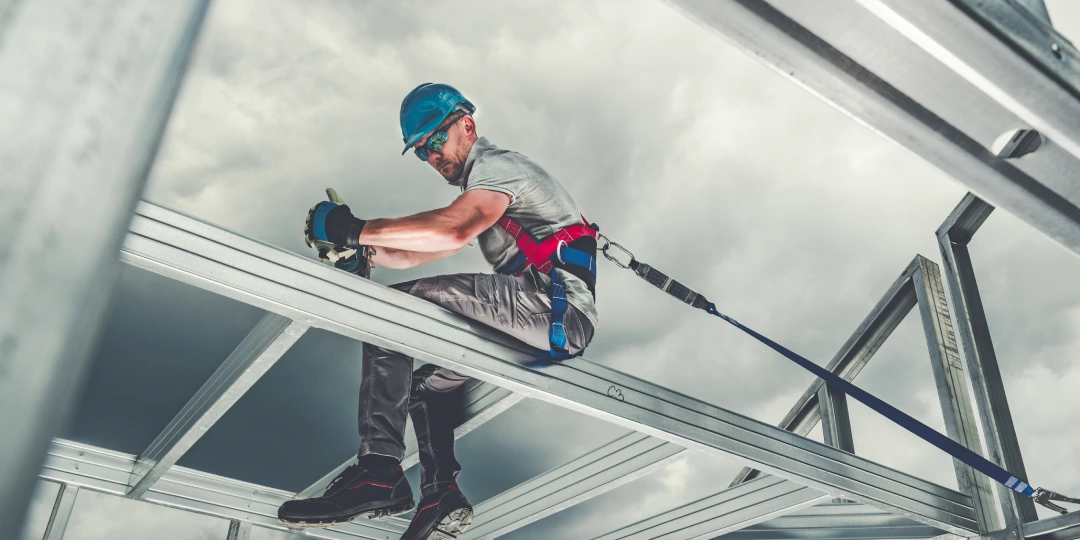
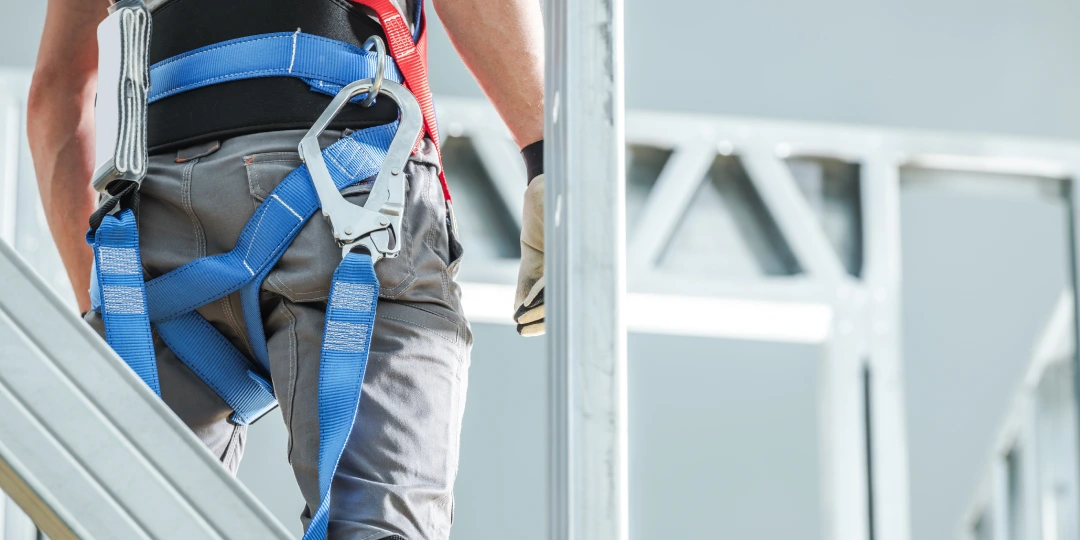
Frequently Asked Questions

Conclusion: Elevating Safety Standards Across Tennessee Job Sites
In the fast-growing construction landscape of Nashville, the importance of fall protection cannot be overstated. With every steel beam raised and every rooftop accessed, there’s an inherent risk that demands serious attention. These aren’t just procedural checkboxes—they’re life-preserving measures that define the difference between a safe return home and a preventable tragedy. As job sites multiply across the city, elevating safety standards becomes both a collective duty and a competitive necessity.
Implementing strong fall protection practices requires more than reacting to regulations. It calls for foresight, discipline, and a genuine commitment to worker well-being. Through tailored risk assessments, proper equipment selection, ongoing training, and a strong safety culture, contractors can significantly reduce fall-related incidents. This isn’t just about avoiding fines or meeting minimum legal obligations—it’s about building smarter, safer projects that stand as models of professional integrity.
Fortier Loss Control stands at the center of this safety evolution, offering Nashville contractors a trusted resource in navigating the complexities of modern construction safety. By investing in their expertise, contractors not only enhance compliance—they gain a partner in risk management, operational efficiency, and workforce protection. In a city as vibrant and ambitious as Nashville, the future of construction depends on more than steel and concrete. It rests on a foundation of safety—anchored firmly by reliable fall protection.


